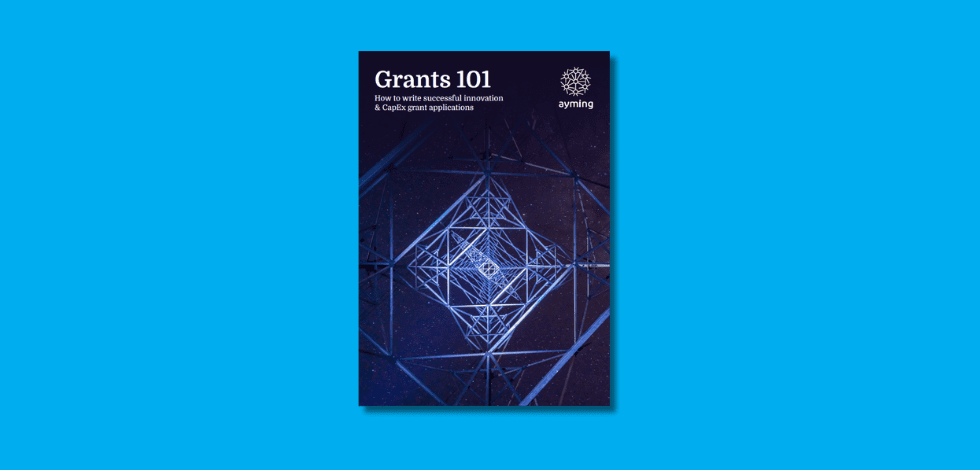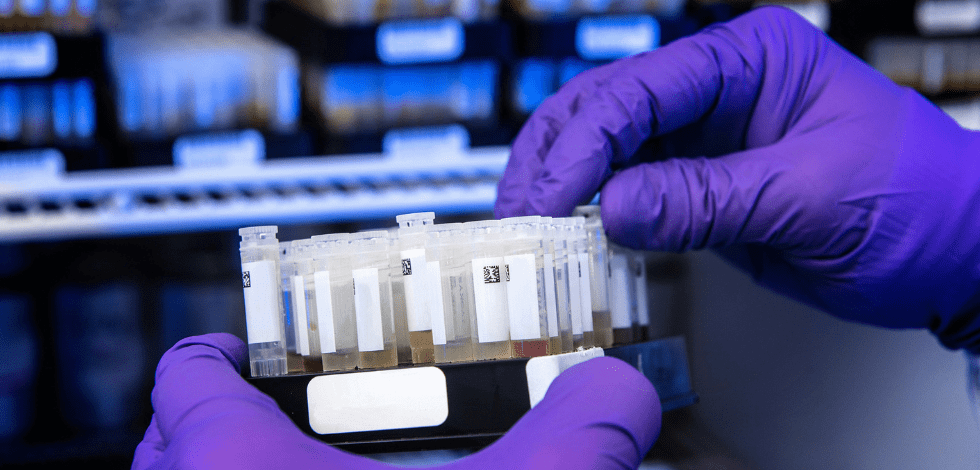Real-Time R&D is Ayming’s revolutionary approach to R&D tax claims that allows businesses to report on R&D expenditure and forecast the expected annual R&D benefit in Real-Time. This innovative process captures R&D activity as it happens, ensuring that information is fresh in the minds of those involved and is more readily available, resulting in more relevant and accurate data capture.
The Real-Time R&D process is more efficient and less time-intensive than traditional methods, freeing your team to focus on their day-to-day tasks. Ayming’s expert team works with your finance and tax teams and industry specialists to ensure a thorough deployment of the process, minimise potential knowledge drain, and secure the funding you need to drive your business forward.
Miles Barnard, Chief Financial Officer, WSP
Read the full WSP Case Study here
How does Real-Time R&D work?
Real-Time R&D allows project leaders to immediately record notes on R&D activities and critical metrics to substantiate current and future R&D tax relief claims. This results in a more comprehensive and accurate claim, allowing businesses to secure the funding they need to drive innovation. Ayming’s team of experts work with client teams at all levels, from finance and tax teams to industry specialists on the ground, to ensure a thorough deployment of the process and consistency of data capture.
Ayming has two delivery models for Real-Time R&D to suit your key objectives, company structure, data and availability. We’ll work with you and your team to identify and implement the most appropriate model.
Our Real-time R&D delivery models
We designed each Real-Time model to collect data close to an activity’s occurrence, improving the accuracy of information gathering. It also minimises potential knowledge loss, such as when a project leader moves to other projects or leaves the business. Each model can flex to provide progress reports, forecasts and final delivery at time points that suit your business’ accounting practices.
3-phase
The process works by establishing a data-collection process at three points across the year. We work with your team to assess whether this would be better done every four months, or whether a half-year review followed by two quarterly reviews would suit your company better. . We analyse the data and produce a feasibility report, generated at the end of each time point, forecasting the total R&D expenditure and benefit.
- The 3-phase model requires a high standard of data quality but allows us to capture almost all R&D activity and allows a precise forecast of future R&D spend.
2-phase
Like the 3-phase approach, data would be split into two periods and assessed at intervals best suiting your business needs, ranging from every six months, to nine and 3 months, with a feasibility report and forecast generated at the end of each cycle. The 2-phase model is also suitable for companies with less accurate data or who do not track data specifically to ‘projects.’
- 2-phase is less demanding than 3-phase but allows us to make at least two formal forecasts during the year.
- 2-phase enables accurate and proactive forecasting.
Hear from Ben Craig, Associate R&D Tax Director, on why you should track R&D projects in Real-Time.
“A Real-Time R&D capture approach increases the claim value and delivers a smoother and more efficient claims process. It also unlocks additional value from the claim process, such as tracking R&D spending in Real-Time, enabling reliable forecasting, and supporting the pro-active use of the R&D benefit to influence the strategic direction of live projects.”
Who can benefit from the Real-Time R&D process?
Businesses of all sizes and industries can benefit from the Real-Time R&D process. By capturing R&D activity as it happens and accurately forecasting the expected annual R&D benefit, businesses can secure more funding to drive innovation and offer new and improved solutions for the same price as regular solutions with the additional cost covered by the tax benefit received. The Real-Time R&D process is more efficient and less time-intensive than traditional methods, freeing your team to focus on their day-to-day tasks.
Contact Ayming today to learn how our Real-Time R&D process can benefit your business.
CFOs
For CFOs, the Real-Time R&D process provides improved accuracy in forecasting and budgeting, as the process captures R&D activities as they happen, leading to a more accurate reflection of R&D expenses. It also provides a more flexible and efficient funding model, allowing CFOs to allocate resources more effectively and make informed financial decisions.
Heads of Tax
For Heads of Tax, the Real-Time R&D process leads to a higher claim value as Ayming can identify and capture more qualifying R&D activity. It also ensures a smoother, less time-intensive, and more efficient claim process, freeing the tax team to focus on other tasks. Additionally, the Real-Time process minimises the effect of knowledge drain when key people leave the business, reducing the risk of lost knowledge and ensuring a consistent data capture process.
Heads of Engineering
For Heads of Engineering, the Real-Time R&D process provides improved project management and increased flexibility in funding, allowing for better tracking of project progress and increased innovation. It also ensures better record-keeping and improved data accuracy.












